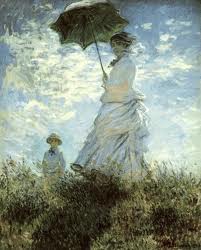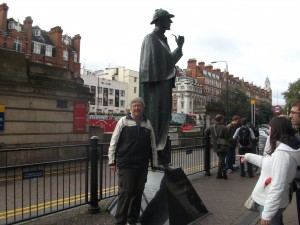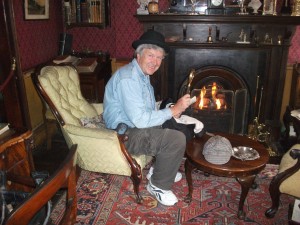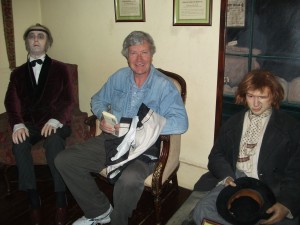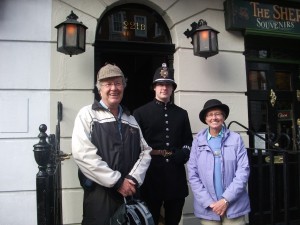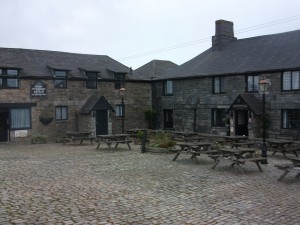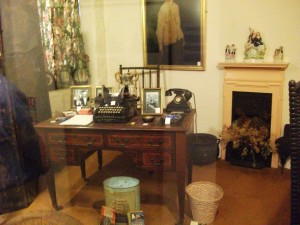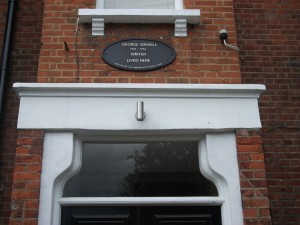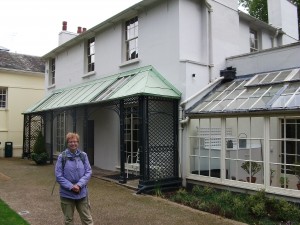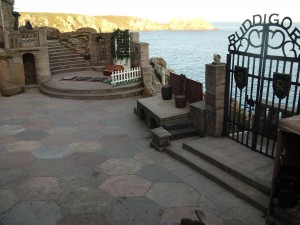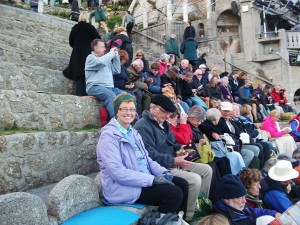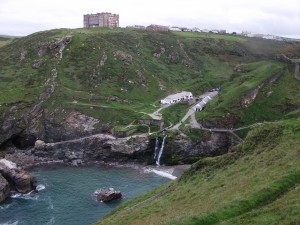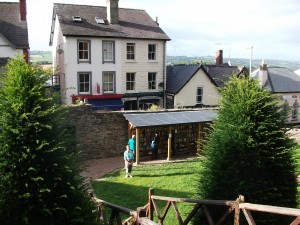The guests have departed, the decorations put away. Time to implement those pesky New Year’s Resolutions. Mine are the standard ones: lose weight, get fit and work on that novel. These resolutions aren’t so much new as a return to my life as it was before my slide into holiday mode, about a month ago.
Of the three resolutions, getting cracking on the writing appeals to me most. My January project is to return to a novel-in-progress that has gone through two drafts. This is less daunting than facing a blank page, although due to the time lapse between the second and third drafts I’ll be making a lot of changes. In a perfect world, I’ll also find time for a couple of short-stories-in-progress, but past experience tells me that when I’m working on a novel it consumes all my writing time.
Getting fit is my next favourite task. Well, fit compared to my more athletic friends is too much to hope for – I aim for reasonably fit. This fall, I attended a drop-in Zumba class roughly twice a week at the local fitness centre and found that I enjoyed it. I like the music and dance, the cardio builds up more sweat than machines or low impact aerobics, and the Salsa rhythms leave me feeling like I’ve had a brief trip to Mexico. And who knew my class was so trendy? One of our regular dance tunes was the Gagnam Style song featured in last year’s most watched Youtube video ever, with many of our moves similar to the Gagnam ones. Zumba resumed last week. I’ll also be doing a regular fitness class one or two other days a week, outdoor walks and cross country skiing on the golf course.
Losing the weight I gained over the holidays is my least fun resolution since it involves less enjoyable eating. Farewell yummy cookies, nuts and fudge. Hello salad. A couple of people have told me they were advised by nutritionists to increase their protein intake to lose weight. This seems to be a popular philosophy these days, as my previous exercise class instructors promoted high protien as well. I half-heartedly tried their advice a few years ago and increasing protein didn’t do anything for me. What worked, in the end, was cutting back on high calorie foods like meat, potatoes, rice and desserts, maintaining my already plentiful amounts of vegetables, and gorging on salad. I love salad, but not a plate full every supper. Salad also tends to require a lot of preparation and Calgary’s wilted winter lettuce can be uninspiring. Still, it’s the only thing I’ve ever tried that works – along with giving up writing for six months.
Yes, I’m afraid, that writing works against losing weight, since some of those sedentary hours at the computer could be spent on calorie-burning activities. We all chose our priorities.
Another small weight loss thing I do, which contradicts common advice, is weigh myself almost daily. During non-holiday times, I do this most mornings, before eating and wearing roughly the same amount of clothes. I don’t obsess about normal fluctuation, but when I find the pounds are higher than they’ve been, I try to cut back a little on eating that day. I think this prevents the weight from creeping up without my noticing.
And, now back to my favourite resolution- writing. I’m looking forward to revising that novel on the new large screen monitor I received for Christmas.
